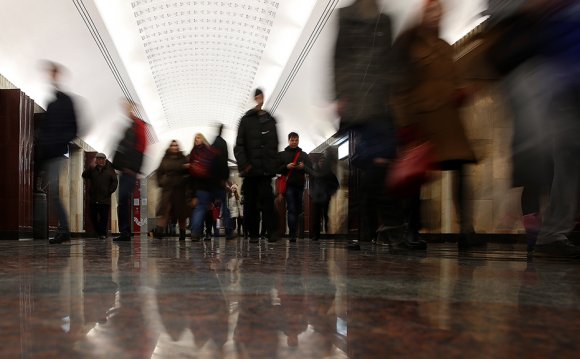
 In Moscow, the stations are signed twice on the road wall - there is no sign of the arriving train. Let's help the passengers not miss their station, re-sample the signatures and spread them in a prominent place:
In Moscow, the stations are signed twice on the road wall - there is no sign of the arriving train. Let's help the passengers not miss their station, re-sample the signatures and spread them in a prominent place:
Tweet
To share
Slap.
The writing of Moscow names is part of the architecture of stations:
The new indicators therefore reproduce the original inscriptions (with cosmetic corrections of the heats in the details of the liter and the curing):
In the world, the metro stations are long-distantly stationed with the recurrent name of the station. The name is unique to the transport system. We're not gonna do that.
 In Moscow, the best position of the indicators is chosen for each station in such a way as to make it seem that they've been sitting here since the opening day. The principle - the indicators shall be visible from any window of any wagon:
In Moscow, the best position of the indicators is chosen for each station in such a way as to make it seem that they've been sitting here since the opening day. The principle - the indicators shall be visible from any window of any wagon:
Names are duplicated by Latin, but smaller, paleer, and not counting the original type. The Latin inscription is allowed to be placed above the Cyrillic if it allows for a better location of the Cyrillic.
When there is only one line, the Latin and the Cyrillic are worn without changing their relative dimensions:
The new indicator is not required to dismantle the old. The old ones keep hanging by trains, far away from the eyes of the passengers.












